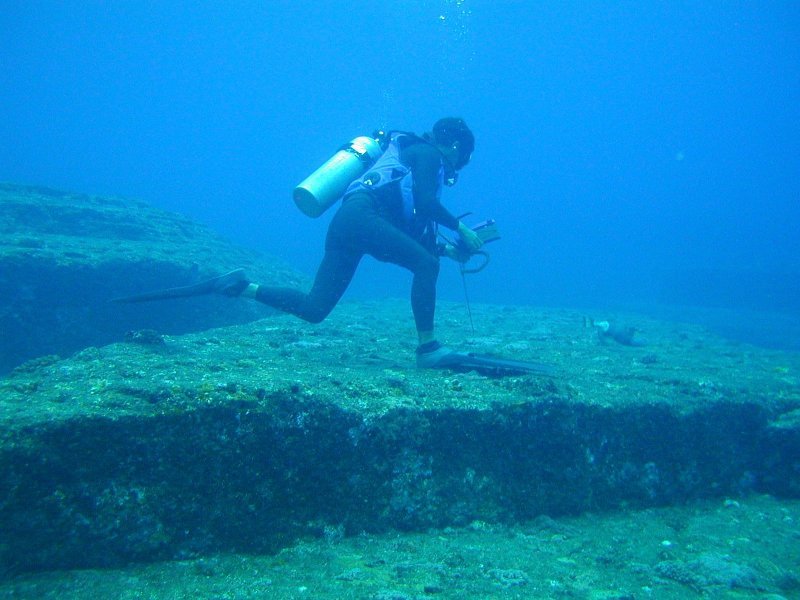A world frozen in time, now submerged beneath glistening waves—what secrets might the Great Lakes be hiding? Imagine standing on the shore of Lake Huron, gazing out over the windswept water, and wondering if an entire chapter of human history lies just beyond sight, deep under the waves. Recent discoveries are stirring the imaginations of scientists and adventurers alike: could evidence of ancient settlements, lost for thousands of years, be resting on the dark, silty floors of these immense lakes? The very thought sends a shiver down the spine—what if the answers to humanity’s earliest journeys in North America are hidden beneath the surface, waiting for us to uncover them?
The Ice Age and the Transformation of the Great Lakes

Roughly 20,000 years ago, the landscape of North America was unrecognizable compared to today. Colossal glaciers, sometimes a mile thick, covered the region where the Great Lakes now lie. As the planet gradually warmed, these glaciers melted and retreated, carving out deep depressions that filled with meltwater. The Great Lakes were born from this dramatic transformation. But before these basins became vast freshwater seas, the land was exposed, and early humans may have traversed these now-submerged plains. It’s a mind-bending idea: what we see as a watery expanse today was once dry land, potentially bustling with life.
Discoveries Hinting at Ancient Human Presence

In recent years, underwater archaeologists have made surprising finds that hint at human activity during the last Ice Age. One of the most compelling discoveries came from Lake Huron, where stone structures resembling hunting blinds—used by ancient peoples to herd and trap animals—were found nearly 120 feet below the surface. These formations suggest that people adapted to the harsh, icy climate and used sophisticated methods to survive. The presence of such features underwater is not only breathtaking but challenges us to rethink where early humans lived and thrived.
How the Water Rose: Submerging the Evidence
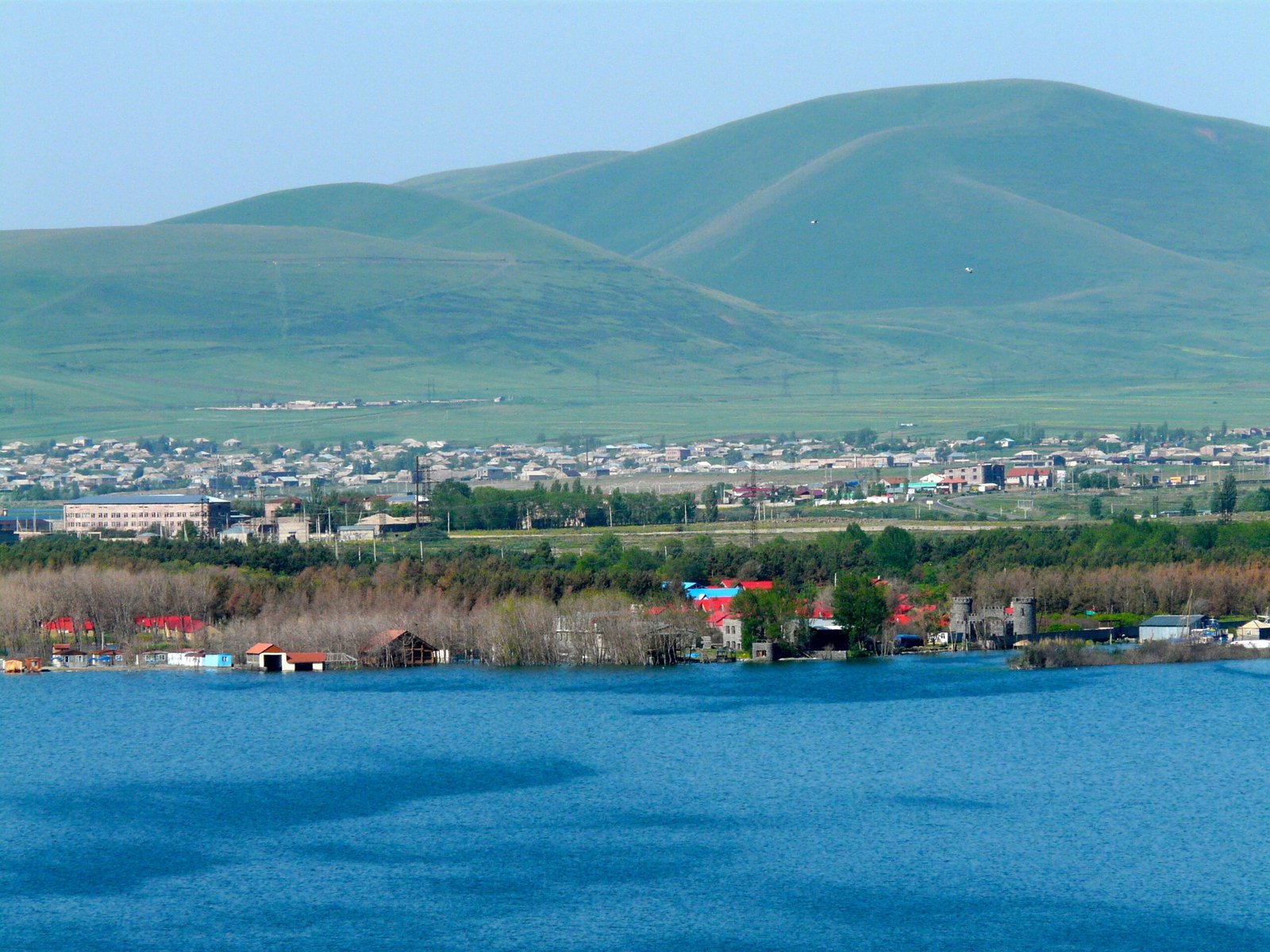
As the glaciers melted, sea levels and lake levels rose dramatically, slowly inundating the once-dry landscapes. This transformation wasn’t sudden; it occurred over thousands of years, allowing plants, animals, and humans to adapt—or relocate. Any settlements or tools left behind were eventually swallowed by the lakes. Today, the cold, oxygen-poor waters help preserve stone artifacts, animal bones, and even traces of ancient campfires, turning the lakebeds into time capsules. This slow drowning of the land is both tragic and tantalizing, as it means vital pieces of history might still be intact beneath the waves.
The Challenge of Exploring Underwater Ruins
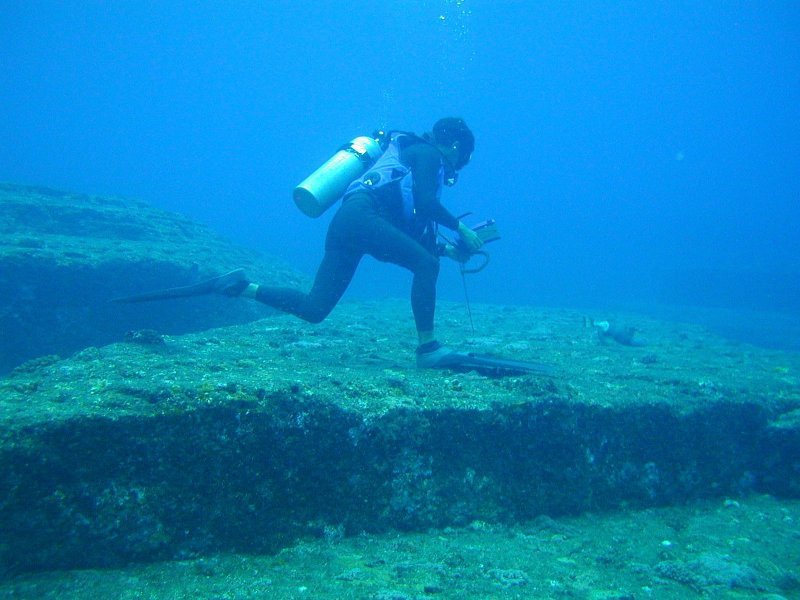
Uncovering these underwater secrets is no simple task. Visibility is often poor, currents can be dangerous, and layers of sediment hide even the largest structures. Modern technology, like sonar mapping and remotely operated vehicles (ROVs), is crucial for these explorations. Divers must contend with frigid temperatures and the risk of stirring up silt, which can obscure their vision in an instant. Every expedition beneath the Great Lakes is a test of endurance and ingenuity, where even small finds can rewrite our understanding of the past.
Comparisons to Other Submerged Sites Around the World

The idea of ancient settlements lying underwater isn’t unique to the Great Lakes. Across the globe, places like Doggerland in the North Sea and the drowned cities off the coast of India show how rising seas have hidden entire civilizations. These discoveries lend credibility to the theory that similar sites could be waiting to be found under the Great Lakes. The parallels are striking and inspire international collaboration among archaeologists eager to uncover lost worlds beneath the water’s surface.
The Significance for Indigenous Histories
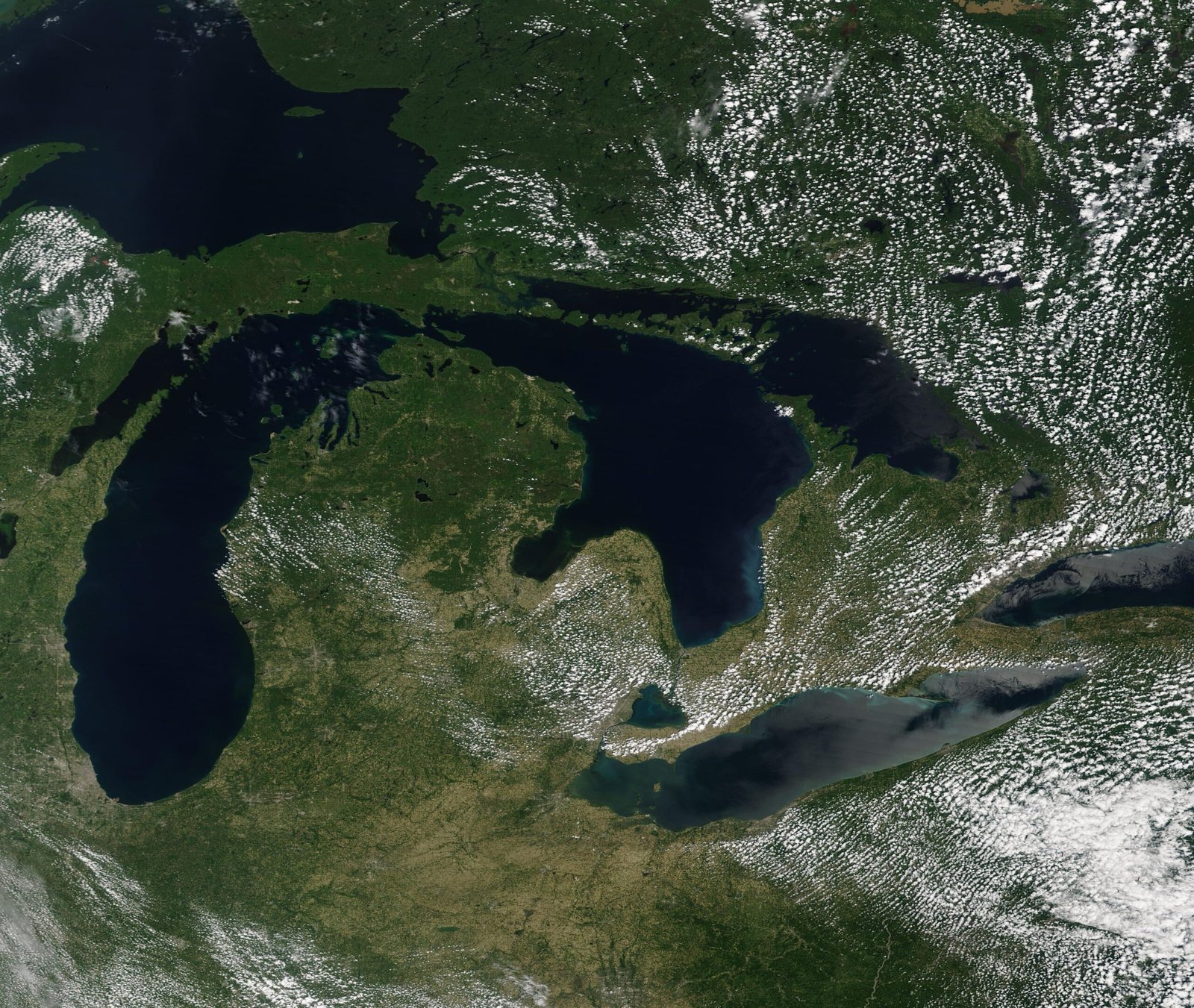
For many Indigenous peoples, the Great Lakes region is not just a place but a homeland with deep spiritual and ancestral ties. The possibility of underwater Ice Age settlements resonates powerfully, offering new perspectives on migration, tradition, and survival. These discoveries could validate oral histories that speak of ancient journeys and lost lands. They remind us that the Great Lakes are more than geographical features—they are living records of human resilience and adaptation.
How Scientists Search for Submerged Settlements

Scientists use a variety of tools to hunt for traces of early humans below the lakes. Side-scan sonar creates detailed images of the lakebed, revealing unnatural shapes that might be man-made structures. Sediment cores are extracted and analyzed for traces of charcoal, pollen, or bones, hinting at ancient campfires or settlements. DNA analysis of sediments can even reveal what kinds of plants and animals once lived on the drowned land. This detective work combines archaeology, geology, and advanced technology in a race against time and the elements.
The Impact of Climate Change on Underwater Archaeology
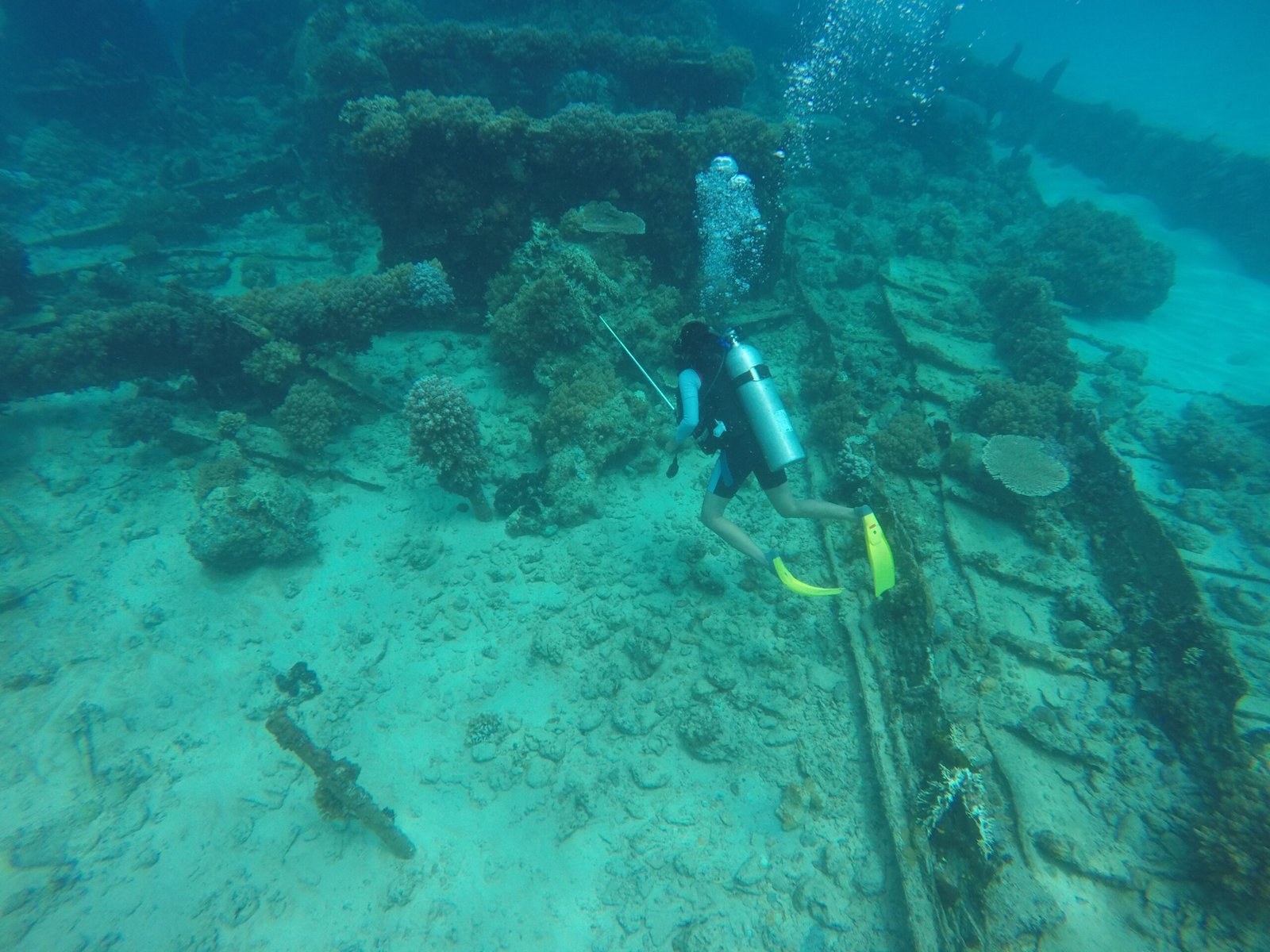
Ironically, modern climate change is now affecting our ability to explore the ancient world beneath the lakes. Fluctuating water levels, increased storms, and changing currents can erode or further bury archaeological sites. As ice cover becomes less predictable due to warming winters, some areas may become more accessible, while others are threatened by new environmental pressures. This adds a sense of urgency to the search for submerged settlements, making every discovery that much more precious.
Why These Underwater Discoveries Matter Today

Finding evidence of Ice Age settlements beneath the Great Lakes is more than a scientific curiosity—it reshapes our story as humans. These discoveries challenge assumptions about how and when people first arrived in North America, and what kinds of environments they were able to adapt to. They also highlight the resilience and ingenuity of our ancestors, who faced challenges that seem almost unimaginable today. For many, this quest is not just about the past, but about finding inspiration and connection in the present.
The Allure and Mystery of the Unseen
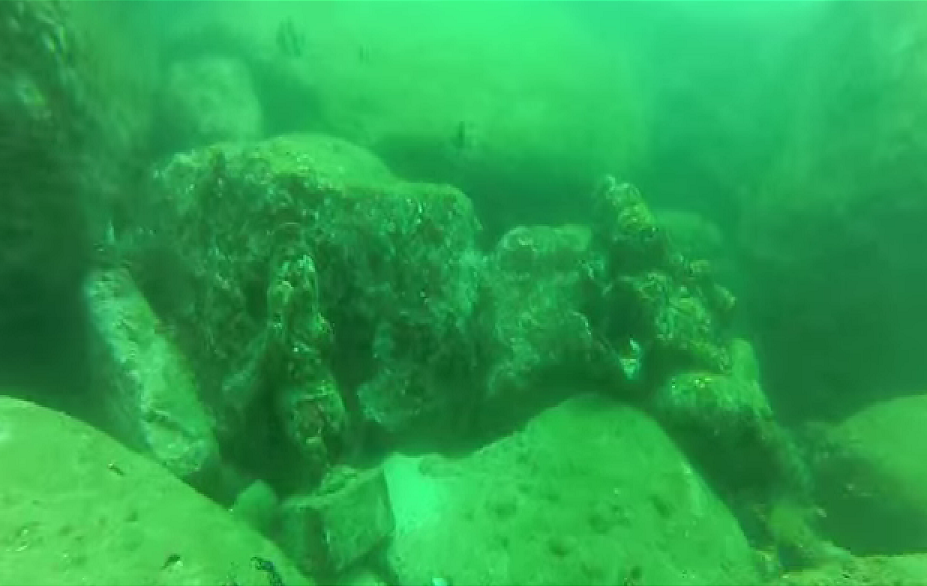
There is something deeply thrilling about the idea that a lost world might exist just out of sight, beneath the water’s surface. The Great Lakes, vast and enigmatic, beckon us to imagine what we cannot see. Will future generations find entire villages, tools, or even ancient art hidden in the depths? The mystery keeps divers, scientists, and storytellers coming back, driven by the hope that the next dive or scan might reveal a piece of humanity’s earliest chapters. What secrets do you think still lie hidden beneath those blue waves?

